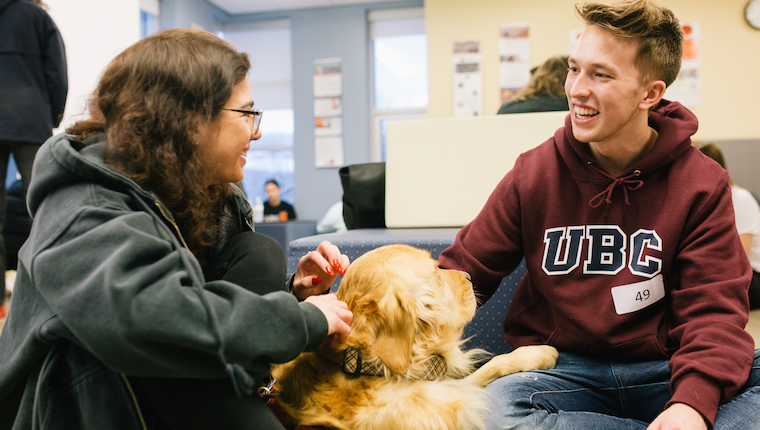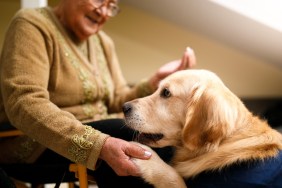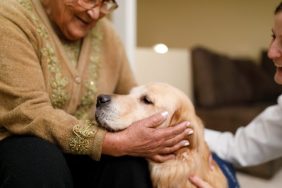Cuddling dogs — tummy rubs, ear scritches, and nuzzles — increases wellbeing, according to new research from the University of British Columbia Okanagan.
“Dogs are social lubricants. They glue people together who otherwise wouldn’t be connected,” lead author and UBC associate professor John-Tyler Binfet told DogTime.
About the Research
The research evaluated the effects of dog therapy on students. It found that physical…






